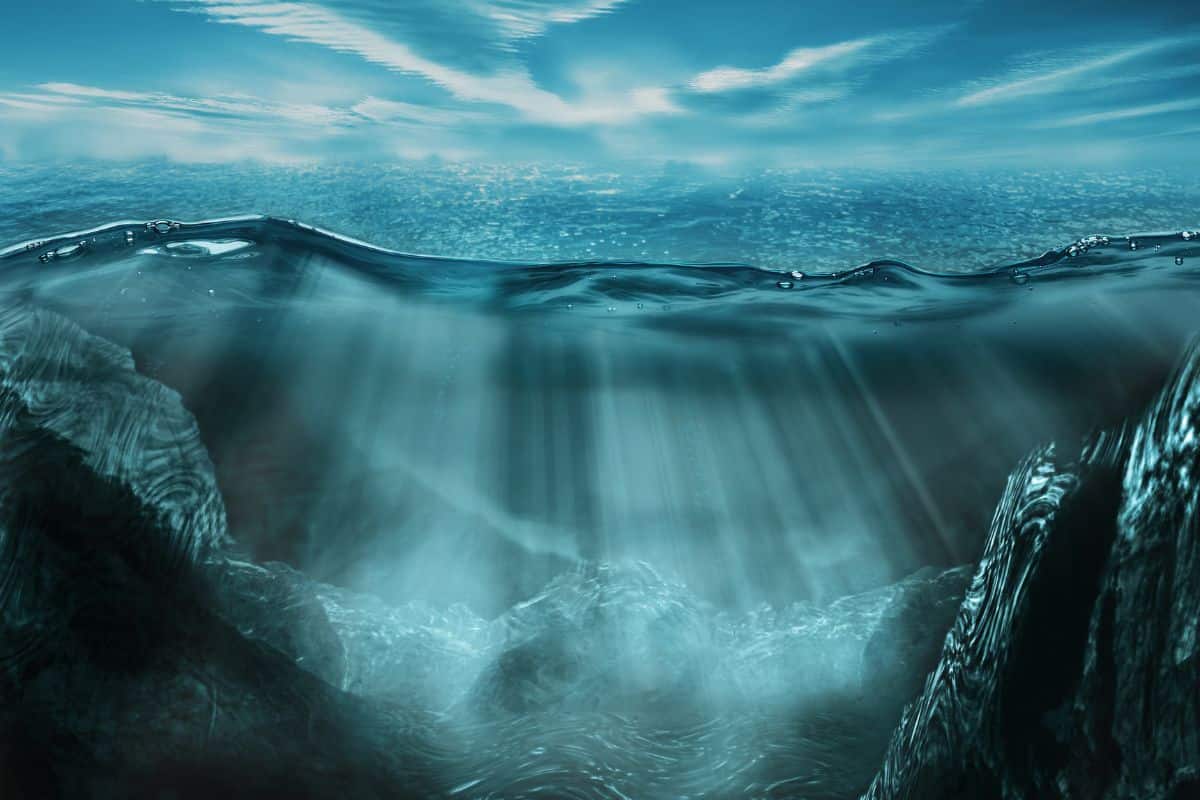After the Great Oxidation, animal life could appear and evolve in all shapes and sizes. It now appears that the level of oxygen on Earth has fluctuated dramatically since then. What effect has this had on evolution?
About 2.4 billion years ago, oxygen first appeared in Earth’s atmosphere. Simple multicellular organisms were floating in the upper reaches of the primordial ocean, where the waters were rich in oxygen. Since then, the oxygen content of the atmosphere, and thus of the ocean waters, has fluctuated dramatically. Scientists And the investigation What were the different phases of oxygen that alternated and what did this mean for conditions on Earth and the evolution of early animal life?
major oxidation
Analysis of fossils dating back hundreds of millions of years has shown that the oxygen content of the air evolved in roughly three stages. First, the Great Oxidation, more than two billion years ago, when oxygen first appeared in the atmosphere. There is broad consensus among scientists about this period. Relatively little is known about the third, more recent stage, which began about four hundred million years ago. The oxygen content of the air has since risen to the 21 percent level we see today.
But what happened in between? This second stage – that Modern Vanguard – It began about a billion years ago and lasted about five hundred million years. This stage is known as the period when all kinds of early forms of animal life appeared. Therefore, researchers were curious about the level of oxygen in the atmosphere and the primitive ocean in it Modern Vanguards.
Big fluctuations
How dynamic were oxygen levels, did they change gradually or suddenly? And could this have played a crucial role in the early evolution of animals? The researchers analyzed limestone rocks from shallow seas and found evidence in the isotopic ratios of different types of carbon isotopes. This allowed them to calculate the rate of photosynthesis and ultimately deduce the oxygen content of the air at each time point.
Among other things, they studied the fossilized remains of early animals, the so-called Ediacaran organismsThese simple, multicellular organisms need oxygen to live, and have been found in sedimentary rocks dating back 541 to 635 million years.
oxygen tap
Lead researcher Alex Krauss from Leeds explains that the findings provide a new perspective on how oxygen levels on Earth have changed over time. “The early Earth was completely oxygen-free. For the first two billion years of its existence, the Earth had no atmospheric oxygen. Then oxygen levels began to rise, in what is known as the Great Oxidation.
“Until now, scientists thought that after the Great Oxidation, oxygen levels were low and only rose just before the first animals appeared. The second hypothesis is that oxygen levels on Earth were higher for millions of years and animals only appeared later. But our study now shows that oxygen levels were much more dynamic,” he said. “For a long time, the oxygen content in the atmosphere fluctuated greatly. It was only then that the earliest forms of animal life appeared. We see periods when the ocean, in which the early animals lived exclusively, was very rich in oxygen. And then again periods when this was not the case. So the oxygen tap was not opened gradually; oxygen levels were flying in all directions.”
More and more living space
“This cyclical shift in environmental conditions creates constant evolutionary pressure, causing some life forms to go extinct and new ones to emerge,” says researcher Benjamin Mills. Oxygen-rich periods cause the ocean’s “habitable space” to expand. This creates more and more living space for early animal life. “This shrinking and expanding of habitats can lead to large and rapid changes in biodiversity,” Mills said.
“When oxygen levels drop, it puts a heavy burden on the living conditions of some organisms. This can eventually lead to species extinction. Conversely, more oxygen in the atmosphere can provide more space for life in the water. New species can emerge from the abundant space and dominate the living environment. These fluctuations in oxygen levels have likely allowed ecosystems to evolve under roughly the same conditions for tens of millions of years. “That’s more than enough time for a whole new type of ecosystem and all sorts of newly evolved species to flourish,” says Mills. Until nature turns on the oxygen tap again.





